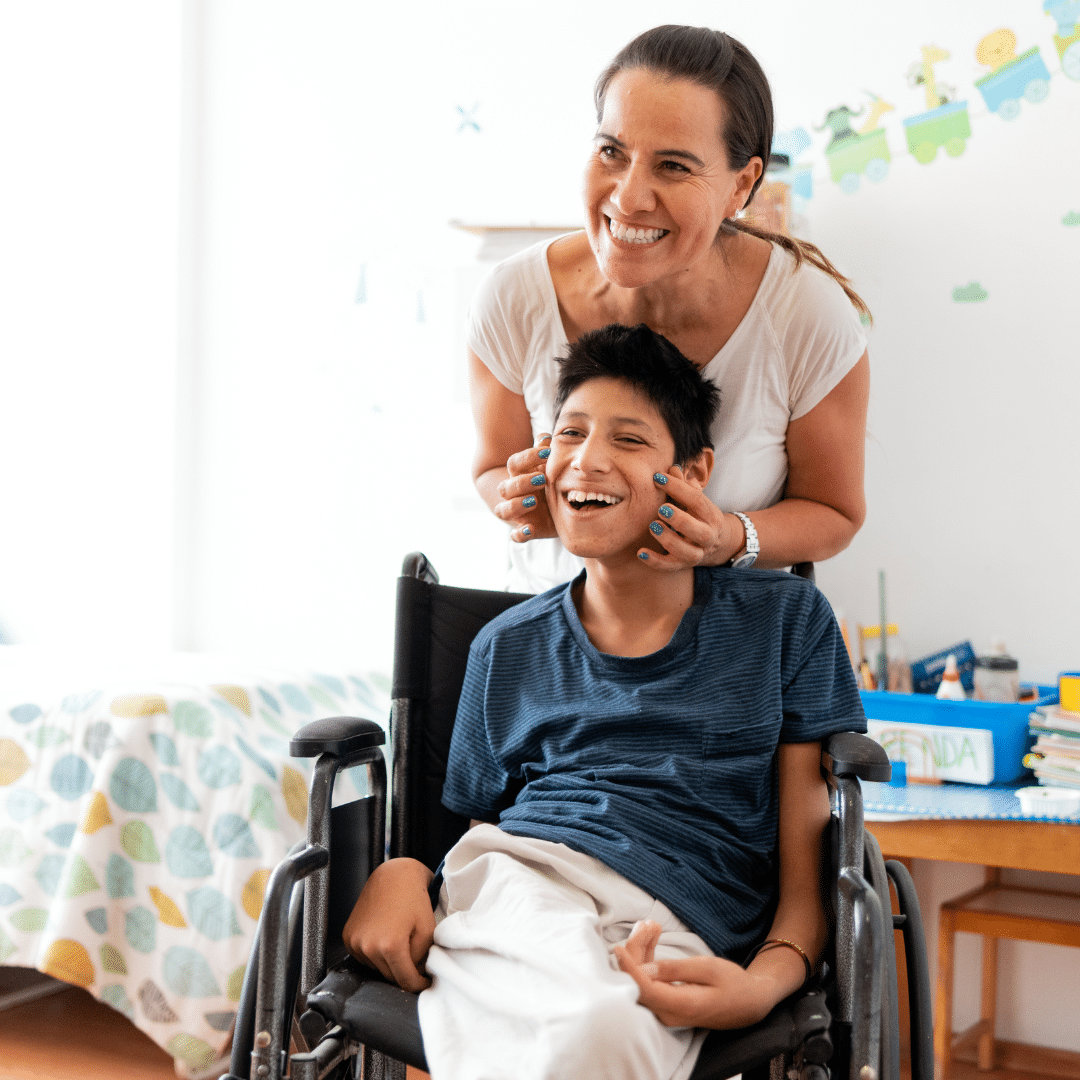Understanding Neuromuscular Scoliosis
Scoliosis, a condition characterised by an abnormal curvature of the spine, affects millions of people worldwide. While idiopathic scoliosis, a scoliosis with no known cause, is the most common form, there are various other types, each with unique underlying factors. One such type is neuromuscular scoliosis and it is closely associated with neurological or muscular disorders. Here we delve into the intricacies of neuromuscular scoliosis, exploring its causes, symptoms, diagnosis, and treatment options.
What is Neuromuscular Scoliosis?
Neuromuscular scoliosis is a type of scoliosis that occurs secondary to underlying neuromuscular conditions affecting the muscles and nerves that control posture and movement. Unlike idiopathic scoliosis, which often develops during adolescence without a known cause, neuromuscular scoliosis typically manifests in individuals with pre-existing neurological or muscular disorders such as cerebral palsy, muscular dystrophy, spinal muscular atrophy, or conditions like spina bifida.
Understanding the Mechanisms
The development of neuromuscular scoliosis is complex and multifactorial, involving various biomechanical and neurogenic factors. In individuals with neuromuscular conditions, muscle weakness or imbalance, impaired proprioception, and altered neuromuscular control contribute to asymmetrical loading of the spine, leading to progressive spinal curvature over time. Additionally, secondary complications such as pelvic obliquity, hip dislocation, and contractures further exacerbate spinal deformity in these patients.

Clinical Presentation and Diagnosis
The clinical presentation of neuromuscular scoliosis can vary widely depending on the underlying condition, the severity of spinal curvature, and associated comorbidities. Common symptoms include uneven shoulder or hip heights, asymmetrical trunk rotation, and impaired mobility. Diagnosis typically involves a thorough medical history, physical examination, and radiographic evaluation, including X-rays and possibly advanced imaging modalities such as MRI or CT scans to assess spinal anatomy and associated abnormalities.
Treatment Options
The various causes of neuromuscular scoliosis makes treatment options more complicated. Health professionals need to take into account the individual’s situation before deciding on a treatment approach. Conservative management can include bracing (such as ScoliBrace®) and physical therapy (e.g. ScoliBalance®), in slowing the progression of neuromuscular scoliosis and improving patients’ quality of life. This can be critical in helping to reduce the spinal curvature and to enhance functional outcomes in patients with neuromuscular scoliosis. The importance of a personalised treatment approaches tailored to each patient’s specific needs and disease severity cannot be underestimated. For example, if the patient is in a wheelchair then the patient will often require a brace that improves the posture in the wheelchair. Many wheelchair positions just hold the scoliosis in place. The ScoliBrace designed for neuromuscular scoliosis can be individually designed and created to suit the patient even if they need to remain in a wheelchair.
The Multidisciplinary Team
The management of neuromuscular scoliosis typically involves a multidisciplinary approach aimed at addressing both spinal deformity and associated comorbidities. Treatment options may include conservative measures such as bracing, physical therapy, and orthotic devices to alleviate symptoms and prevent further progression of spinal curvature, particularly in milder cases. However, for more severe or progressive deformities, surgical intervention, such as spinal fusion with instrumentation, may be necessary to stabilise the spine, correct the curvature, and improve overall function and quality of life.
Overcoming the Challenges
Neuromuscular scoliosis presents unique challenges in both diagnosis and management due to its association with underlying neurological and muscular disorders. However, advances in research and clinical practice have contributed to a better understanding of the pathogenesis and treatment of this condition, offering hope for improved outcomes and quality of life for affected individuals. By integrating evidence-based approaches and personalised care, healthcare providers can effectively address the complex needs of patients with neuromuscular scoliosis, striving towards optimal outcomes and enhanced quality of life.
Neuromuscular scoliosis is a complex condition that requires a comprehensive understanding of its underlying mechanisms and tailored treatment approaches to effectively manage spinal deformity and associated comorbidities. Through ongoing research and collaborative efforts within the medical community, we can continue to advance our knowledge and refine our approach to caring for individuals affected by this challenging condition.
At ScoliCare, we’re dedicated to helping individuals with Neuromuscular scoliosis improve their quality of life. Our suspension brace plays a crucial role in this, as it enables those with severe conditions to sit up effectively in their chairs. This not only allows them to interact with the world in an upright posture but also assists in managing the progression of their condition. We’re proud to offer this innovative solution to our patients, empowering them to live more comfortably and confidently
